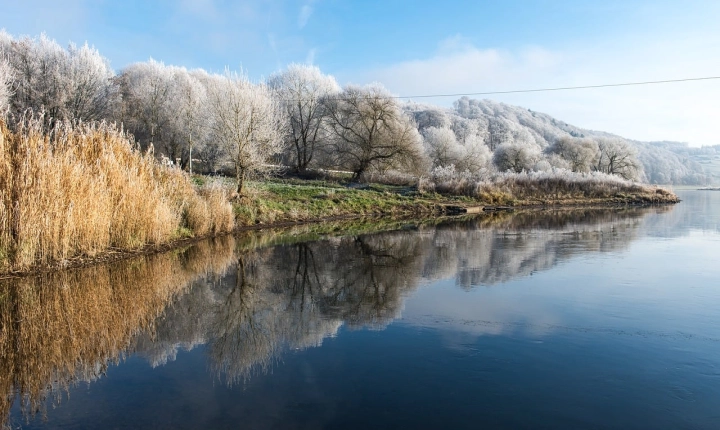AI photo generators, also known as neural network-based image synthesis systems, have taken the world by storm with their ability to create realistic and compelling images. These systems use advanced algorithms and deep learning techniques to analyze massive amounts of data and generate new images that are indistinguishable from those taken by professional photographers. But just how do AI photo generators work?
At the core of AI photo generators is a complex neural network model that is trained on vast datasets of images. This training process involves inputting large numbers of images into the neural network, which then learns to understand the features, patterns, and characteristics of these images. As the network processes more and more images, it becomes better at identifying and replicating the visual cues found in the input data.
One of the key technologies used in AI photo generators is Generative Adversarial Networks (GANs). GANs consist of two neural networks – a generator and a discriminator. The generator creates new images, attempting to generate realistic and high-quality images based on the input data it has learned from. The discriminator, on the other hand, evaluates the generated images to determine whether they are real or fake. This process creates a feedback loop, in which both networks continuously improve their performance, resulting in the generation of increasingly realistic images.
Another essential aspect of AI photo generators is the use of convolutional neural networks (CNNs). CNNs are particularly effective in recognizing visual patterns and hierarchies in images, making them well-suited for tasks such as image recognition and generation. CNNs analyze images in a more localized manner, allowing them to capture the finer details and textures that make images more authentic and believable.
Moreover, AI photo generators often incorporate techniques such as style transfer, which allows them to replicate artistic styles from one image onto another. By leveraging style transfer algorithms, these systems can mimic the unique characteristics of famous paintings or artistic styles, resulting in visually stunning and original works of art.
It’s important to note that AI photo generators are not just about creating copies of existing images. They can also generate completely new and unique visual content by combining elements from different images and creating novel compositions. This creative aspect of AI photo generation has significant implications for fields such as graphic design, advertising, and digital art.
In conclusion, AI photo generators harness the power of deep learning, GANs, CNNs, and style transfer to create highly realistic and diverse images. By continuously analyzing vast amounts of visual data, these systems can generate new and original images that are virtually indistinguishable from photographs taken by humans. As these technologies continue to advance, the potential applications for AI photo generators are limitless, revolutionizing industries and unlocking new creative possibilities.
